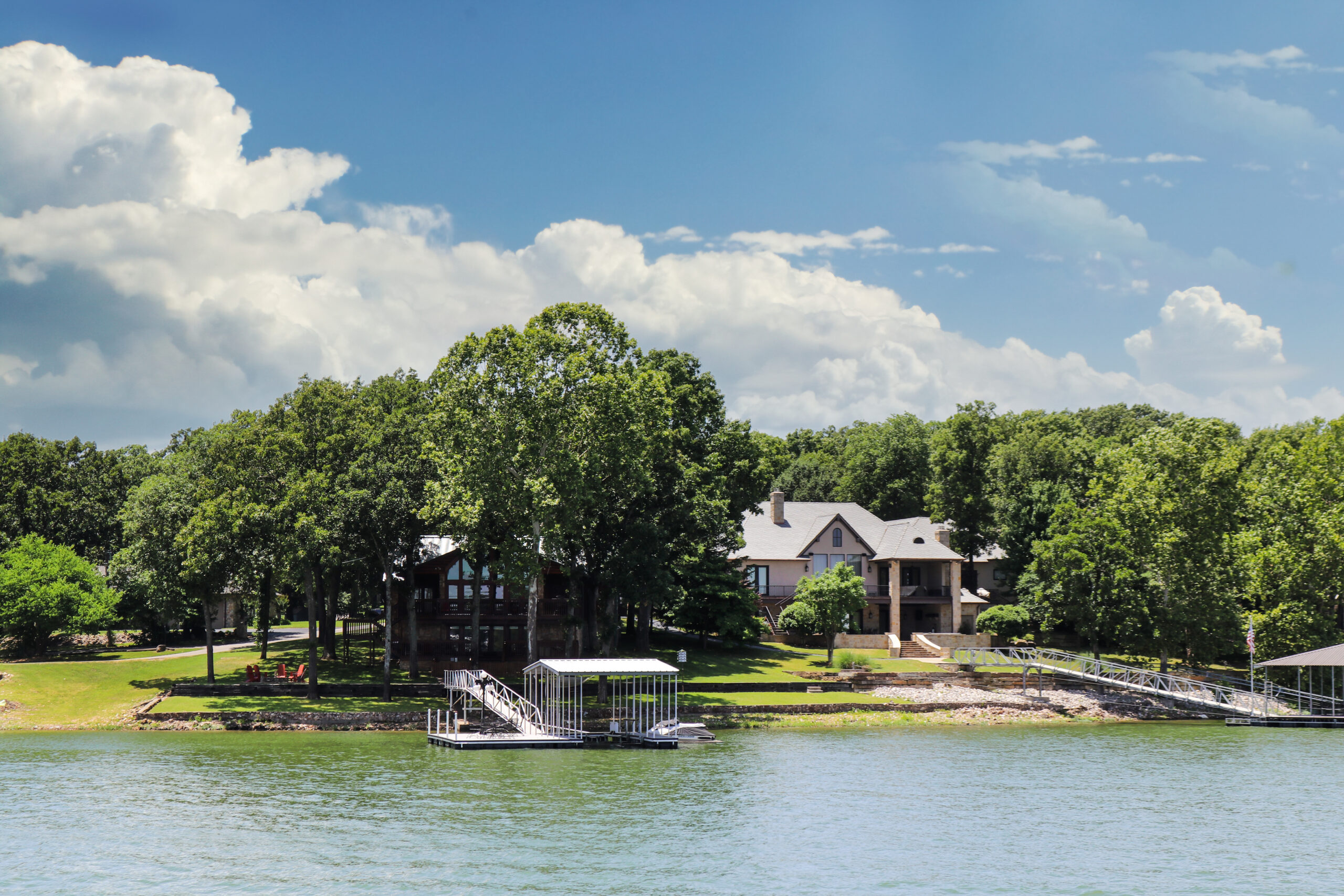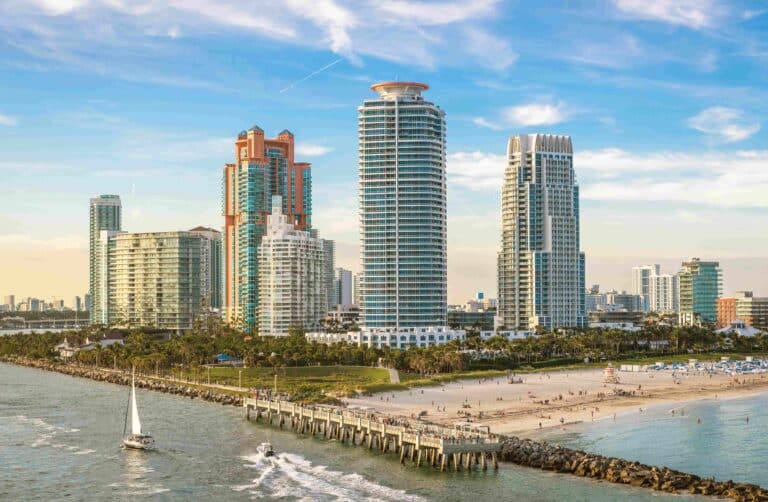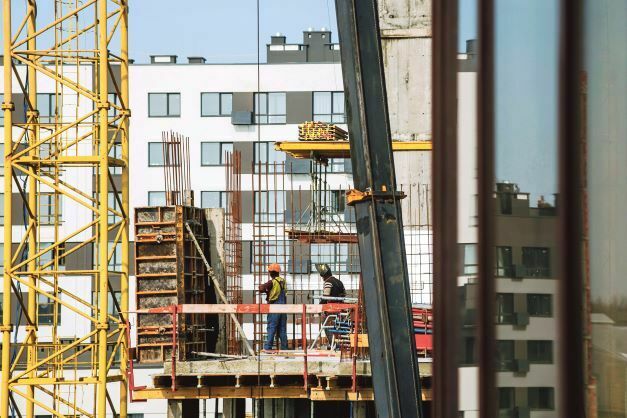How to Buy a Rental Property Without Losing Money?
Andrzej Brosicki – Real estate has long been considered one of the safest forms of capital investment. The real value of apartments increases over time, and demand for rentals in attractive locations persists even during difficult market periods. Unlike the stock market or investment funds, a property is a tangible asset: it provides material wealth and passive income from tenants’ rent.
Owners of rental apartments can count on an attractive return on investment, and well-located units—especially in central parts of large cities—usually find tenants without difficulty. Real estate is also a hedge against inflation and an excellent way to diversify assets. Of course, like any investment, it requires careful consideration. The key is choosing the right property. Even in less favorable market conditions, it is possible to invest in a sensible rental unit that will withstand economic fluctuations—what matters is a thorough analysis of the local market and the apartment’s features. Experienced investors have profited from real estate since the early 2000s and will likely continue to do so unless drastic legal changes or a market crash occur. Still, profitability depends on many factors—let’s examine them one by one.
Why is Investing in Rental Property Still a Good Idea?
Investing in rental property is regarded as one of the safest ways to allocate capital. A well-chosen residential investment can generate regular rental income as well as long-term appreciation. However, to avoid losing money, it’s important to approach the matter carefully and strategically.
Location – The Foundation of a Profitable Investment
You must consider location (big city versus resort by the sea, lake, or mountains), assess the property standard (popular vs. premium), decide on the rental model (long-term or short-term vacation rental), and whether to work with experienced investors.
In Poland, you can invest both in apartments for long-term rental in large cities and in vacation units by the sea, in the mountains, or by the lakes—location largely determines the nature and profitability of the investment.
As the old rule goes: location, location, location!
Key differences between major types of locations:
Large cities – Investing in cities (Warsaw, Kraków, Wrocław, Tri-City, etc.) ensures demand from local renters—students, young professionals, expats. Rentals are year-round and long-term, providing stable income. Cities also offer higher liquidity—it’s easier to sell the apartment, since both investors and private buyers are active. Avoid areas with excessive new supply (e.g., large housing estates on the outskirts), as oversupply may lower rental rates for years.
By the sea – Baltic resorts (e.g., Sopot, Gdańsk, Kołobrzeg, Świnoujście) have been extremely popular with tourists for years. Buying an apartment by the sea is typically a vacation rental investment aimed at short-term stays (daily or weekly). The season is mainly summer, but peak rates can be very high, generating annual returns comparable to other locations. However, purchase prices in top seaside resorts like Sopot or Międzyzdroje often exceed PLN 20,000 per square meter. In smaller towns like Ustka, prices are lower, comparable to big cities like Kraków or Wrocław. Higher purchase costs mean lower percentage yields, although the strong appeal of these locations often drives long-term value growth.
In the mountains – Mountain resorts (Zakopane, Karpacz, Wisła, etc.) also attract tourists, but the season is biannual—summer and winter. Intuitively, this suggests higher profits, but analysis shows annual rental income is similar to seaside locations. The advantage is that tourist traffic continues throughout the year, with no long downtime like at the seaside. Property prices in mountain resorts are also high (often several thousand PLN per square meter). As with seaside properties, success depends on a detailed business plan, accounting for maintenance costs in off-peak months and realistic income estimates during high season.
By the lakes (Mazury) – The Masurian region is becoming increasingly popular among tourists seeking peaceful, nature-oriented vacations. The season is shorter (mainly summer), but property prices are lower, reducing the entry threshold for investors. For example, a two-room apartment in Mikołajki may cost around PLN 250,000—prices rarely seen at the seaside or in the mountains. Even in Olsztyn, the regional capital, apartments cost PLN 6,000–8,000/m², much less than in most large Polish cities. This can mean higher seasonal rental returns, although Mazury is still developing its accommodation base and draws fewer tourists than the Baltic or Tatra regions.
Summary – If you want stability and year-round rental, choose a big city or possibly a mountain resort with two seasons. If you aim for higher seasonal profits and can handle the vacation model, a seaside apartment may offer very good returns (but expect off-season downtime). Less obvious locations like Mazury allow entry with smaller capital, a good option for beginners. In every case, analyze the local rental/tourism market carefully: prices, occupancy, competition, and development plans.
Property Standard – Popular or Premium?
Investing in premium property means buying a higher-standard unit—prestigious location, attractive views (e.g., sea or mountains), or a modern building with amenities (security, reception, spa, pool, etc.).
Advantages of premium – constant demand from affluent renters and tourists. Both Polish and international clients are willing to pay more for prime locations (beachfront in Świnoujście or Sopot, near Krupówki in Zakopane, or Old Town in a major city). Premium also ensures better amenities and durability, allowing higher rents and maintaining attractiveness for years.
Disadvantages – purchase costs are much higher, which can reduce rental yield percentage. Example: a Warsaw city center apartment bought for PLN 15,000–20,000/m² rented for PLN 5,000 monthly yields ~4% annually, while a cheaper suburban flat at PLN 8,000/m² rented for PLN 2,500 may yield 6–7%. Still, premium properties often appreciate more because they’re unique.
Property management – Many investors in premium resorts use professional operators (condo-hotel model). You buy a unit in a hotel-like building, sign a contract, and the operator handles guest services, admin, and marketing. You receive a fixed return or a share of profits. Some even guarantee minimum income for 10–15 years. However, always check the operator’s reputation and contract terms carefully.
Summary – Premium offers stability and prestige but requires significant capital. For beginners, it may be better to start small. But if you have the funds, a luxury apartment in a prime Polish location will likely maintain or grow in value while generating decent rental income.
Long-Term vs. Short-Term Rental
Long-term rental – Traditional model for families, students, or professionals (typically 12+ months). Provides stable monthly income and low workload after setup. Vacancies are rare if the property is well-located and priced fairly. Risks include problematic tenants (check contracts, deposits, and use occasional rental agreements) and potential legal changes.
Short-term rental – Attracts higher income potential but requires more involvement (cleaning, laundry, guest service, reservations). Professional management firms usually charge 20–30% commission. Yields can reach 6–10% annually but are vulnerable to seasonality, crises, and regulatory restrictions (e.g., city limits on Airbnb-type rentals). Taxes also differ: private rental may be taxed at 8.5–12.5% flat rate, while short-term rentals can be classified as business activity (23% VAT).
Summary – Beginners usually choose long-term rentals for predictability and lower risk. If you own property in a prime tourist area or enjoy running a mini-hotel, short-term rental can be more profitable, especially when supported by platforms like Airbnb/Booking. Some investors combine models—e.g., renting to students long-term and offering short-term summer rentals.
Mentoring and Partnerships – Are They Worth It?
For beginners, it’s worth learning from experienced investors:
- Networking – join real estate communities, forums, conferences, and workshops.
- Partnerships – sometimes experienced investors seek financial partners. You provide capital or credit, they provide know-how. Profits are shared, and you gain real-world experience.
- Funds & crowdfunding – allow investing with experts managing the capital.
- Developer programs – some offer buy-back guarantees, signaling confidence in long-term appreciation.
But don’t blindly copy others—every investor’s goals and resources differ. Treat others’ strategies as inspiration, not instructions.
Practical Tips to Avoid Loss
- Don’t overpay – Purchase price determines profitability. Better to buy a cheaper property and renovate than overspend on a luxury unit with little rental advantage.
- Choose the right size & location – Studios and compact 2-room units rent easiest. Always check nearby demand drivers (universities, offices, transport).
- Check legal status & developer – Verify land registry, mortgages, claims. For developers, check past projects, reputation, and escrow accounts.
- Have a financial cushion – Don’t invest all savings. Keep reserves for repairs, vacancies, or interest rate hikes.
- Secure legally – Always use written contracts (occasional rental, operator agreements, partner agreements). Insure your property against damage/liability.
- Keep learning – Read books, blogs, attend training. The more knowledge you have, the fewer mistakes you’ll make.
Summary & Inspiration for Investors
Investing in rental real estate remains one of the safest forms of capital investment. Premium properties can provide prestige and stability, especially when managed by professionals. Beginners should learn from experts but always make their own decisions. A well-planned rental investment can generate long-term income and secure your capital for years.
We wish you successful decisions so that every next investment becomes a winning one—not only protecting your wealth but also growing it!
- Rental property is still one of the safest investment vehicles.
- Key factors: location, market analysis, property type, expert support, and attention to detail.
- Use available knowledge, consult experts, and learn from experienced practitioners.
Want to learn more?
Join the HMTV newsletter and download the free guide “How to Invest in Rental Apartments – 2025 Handbook.”







